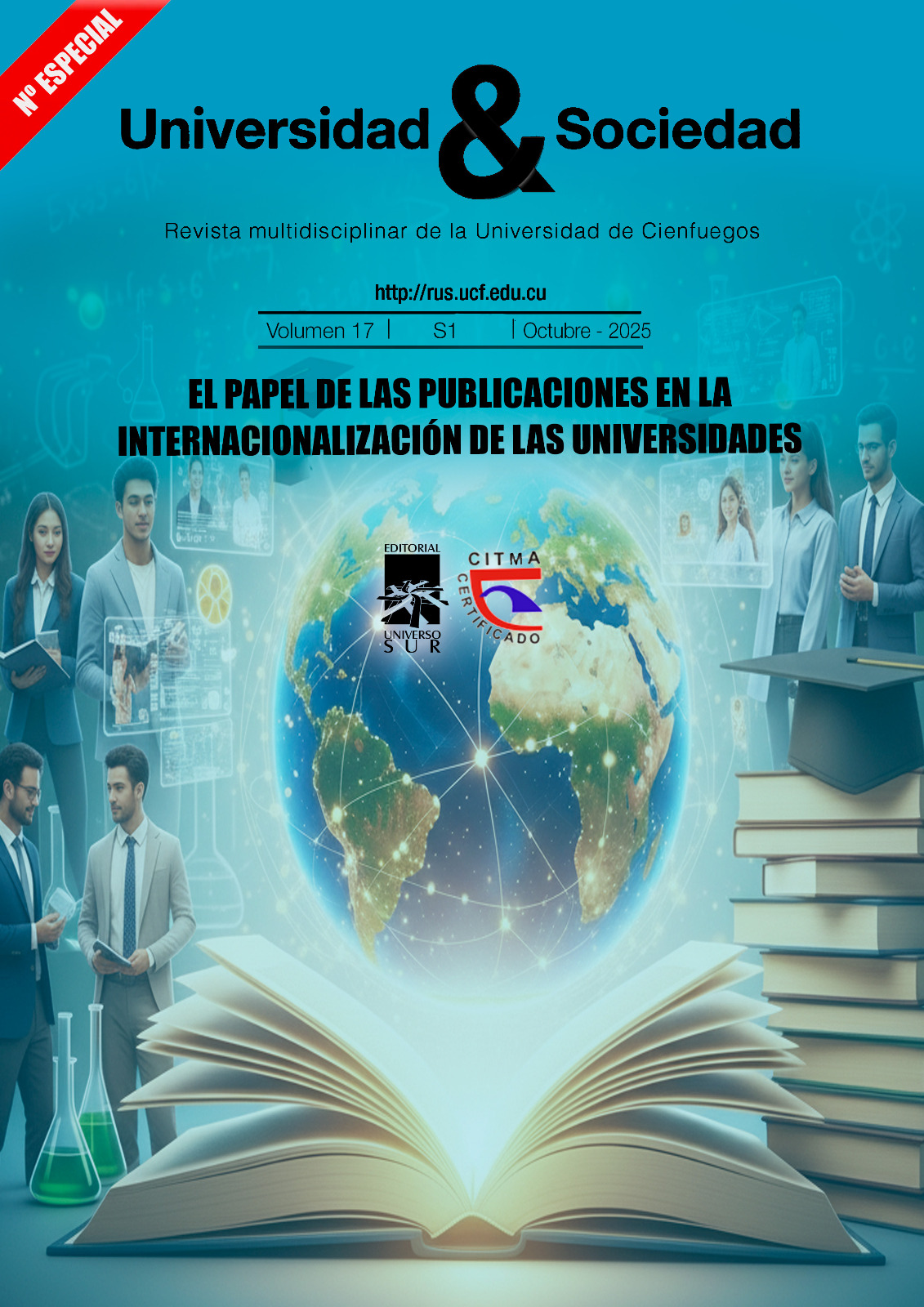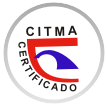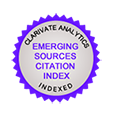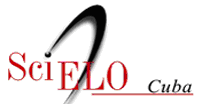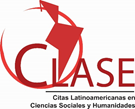Pertinence of productive teaching-learning methods in the comprehensive training of Dentistry students
Keywords:
Educational process, Teaching-learning, Productive methodsAbstract
In the educational process, teaching-learning methods are essential and closely linked to the formative objectives and content, and their conception has evolved towards productive approaches that promote comprehensive competencies in students. This study aimed to analyze the relevance and effectiveness of productive teaching-learning methods to enhance the comprehensive training of Dentistry students at UNIANDES, Ibarra. The research was mainly qualitative, with a descriptive, non-experimental, and cross-sectional approach, carried out between November 2024 and April 2025. Participant observation, semi-structured interviews with students and teachers, and the Delphi Method with university experts were combined to validate findings. The results indicated that productive methods encourage active participation, creative problem-solving, and the transfer of learning to real contexts, enhancing cognitive and socio-emotional competencies. However, limitations were identified in collaborative interaction and critical thinking due to traditional educational backgrounds. Additionally, challenges in planning, evaluation, and teacher training were recognized to fully implement these methods. In conclusion, productive teaching-learning methods are effective for promoting comprehensive and active training in students, but their success depends on teacher capacity, methodological innovation, and institutional support to overcome implementation challenges.
Downloads
Published
How to Cite
Issue
Section
License
Copyright (c) 2025 Editorial "Universo Sur"

This work is licensed under a Creative Commons Attribution-NonCommercial-NoDerivatives 4.0 International License.
La editorial "Universo Sur", de la Universidad de Cienfuegos, publica el contenido de la Revista "Universidad y Sociedad" bajo una Licencia Creative Commons Atribución-NoComercial-SinDerivar 4.0 Internacional.
© Podrá reproducirse, de forma parcial o total, el contenido de esta publicación, siempre que se haga de forma literal y se mencione la fuente.
